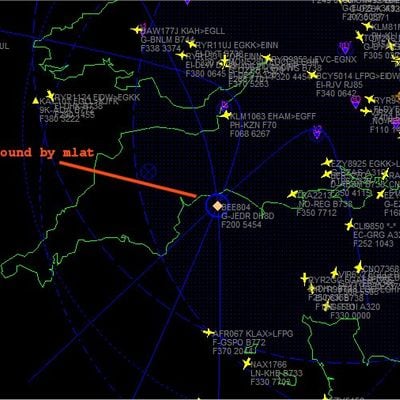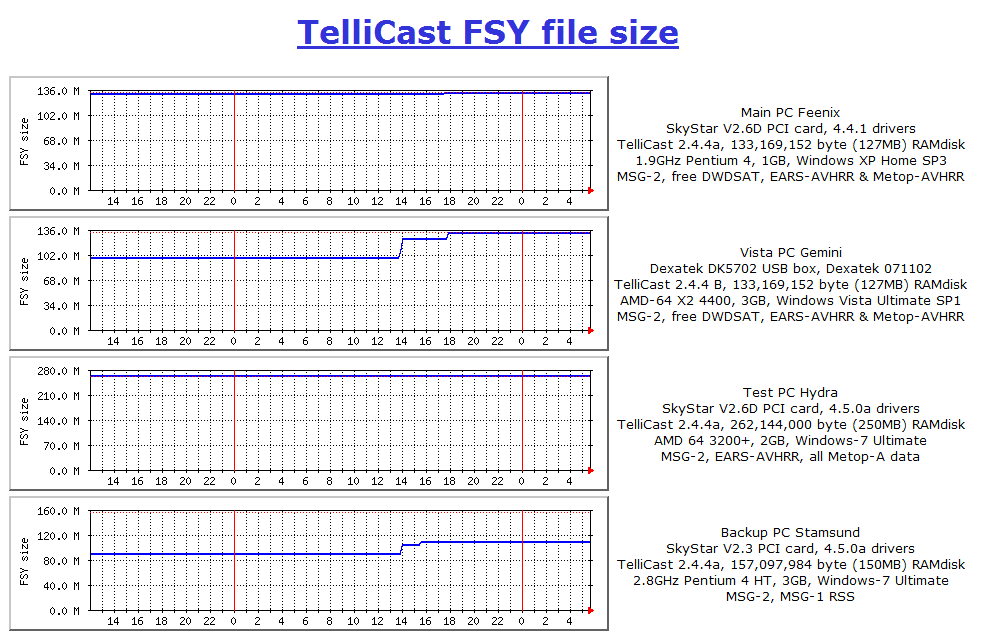


To add features to individual plots, use the ANNOTATE= option in the PLOT statement. Features provided in this data set are applied to all plots produced in the current run of PROC REG. You can use this data set to add features to the traditional graphics that you request with the PLOT statement. Specifies an input data set containing annotate variables, as described in SAS/GRAPH Software: Reference. ANNOTATE= SAS-data-set ANNO= SAS-data-set and the PLOT statement options CONF and PRED. This option affects the PROC REG option TABLEOUT the MODEL options CLB, CLI, and CLM the OUTPUT statement keywords LCL, LCLM, UCL, and UCLM the PLOT statement keywords LCL., LCLM., UCL., and UCLM. The value must be between 0 and 1 the default value of 0.05 results in 95% intervals. Sets the significance level used for the construction of confidence intervals. The ALL option also implies the CORR, SIMPLE, and USSCP options. Using the ALL option in the PROC REG statement is equivalent to specifying ALL in every MODEL statement. Note that any option specified in the PROC REG statement applies to all MODEL statements. Sets criterion for checking for singularityįollowing are explanations of the options that you can specify in the PROC REG statement (in alphabetical order). Sets significance value for confidence and prediction intervals and tests Specifies the graphics catalog in which graphics output is savedĭisplays correlation matrix for variables listed in MODEL andĭisplays simple statistics for each variable listed in MODEL andĭisplays uncorrected sums of squares and crossproducts matrixĭisplays all statistics (CORR, SIMPLE, and USSCP)Ĭreates plots requested as line printer plot Statistics of the parameter estimates to the OUTEST= data set Outputs standard errors, confidence limits, and associated test

Performs ridge regression analysis and outputs estimates to the Outputs the PRESS statistic to the OUTEST= data set Performs incomplete principal component analysis and outputs Use only with the RIDGE= or PCOMIT= option. Outputs the variance inflation factors to the OUTEST= data set. Outputs standardized parameter estimates to the OUTEST= data Outputs standard errors of the parameter estimates to the Outputs the number of regressors, the error degrees of freedom, Outputs the covariance matrix for parameter estimates to the Outputs a data set that contains sums of squares and crossproducts Outputs a data set that contains parameter estimates and other Names a data set to use for the regression Table 73.1 lists the options you can use with the PROC REG statement. If you do not use a MODEL statement, then the COVOUT and OUTEST= options are not available. If you want to use only the PROC REG options, you do not need a MODEL statement, but you must use a VAR statement. If you want to fit a model to the data, you must also use a MODEL statement.


 0 kommentar(er)
0 kommentar(er)
